Submitted by Jennifer Armstrong
My parents (George and Gerry Armstrong) learned this song from Sandy and Carolyn Paton of Folk Legacy fame, who learned it from the McPeake family.
“Wild Mountain Thyme” (also known as “Purple Heather” and “Will Ye Go, Lassie, Go?”) is a Scottish/Irish folk song. The lyrics and melody are a variant of the song “The Braes of Balquhither” by Scottish poet Robert Tannahill (1774–1810) and Scottish composer Robert Archibald Smith (1780–1829), but were adapted by Belfast musician Francis McPeake (1885–1971) into “Wild Mountain Thyme,” and first recorded by his family in the 1950s.
My mother loved this song as one of the few romantic folk songs, and sang it, “If my true love won’t go, I will surely find no other.” My father, on the other hand, sang it, “If my true love she won’t go, I will surely find another,” claiming it was more a love song to the wild mountain thyme and purple heather than it was to a person. The melody I sing is what my mother sang, and sometimes I sing “no other” and sometimes “another!”
Listen to Jennifer singing “Wild Mountain Thyme:”
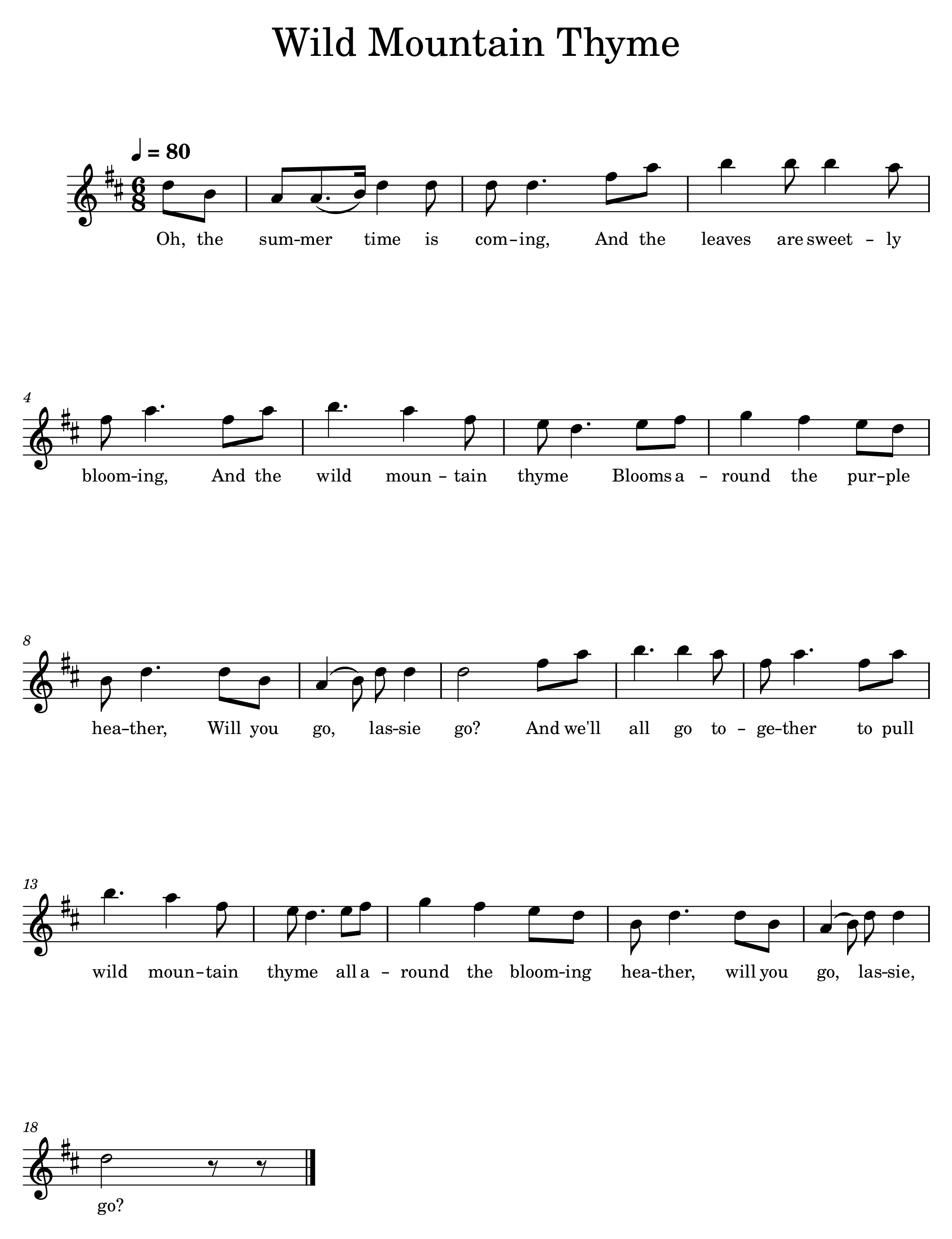
Lyrics
Oh, the summer time is coming,
And the leaves are sweetly blooming,
And the wild mountain thyme
Blooms around the purple heather.
Will you go, lassie, go?
Chorus:
And we’ll all go together
To pull wild mountain thyme
All around the blooming heather,
Will you go, lassie, go?
I will build my love a bower
By yon clear crystal fountain,
And on it I will pile
All the flowers of the mountain.
Will you go, lassie, go? …
Chorus
If my true love won’t go,
I will surely find another (no other)
To pull wild mountain thyme
All around the blooming heather.
Will you go, lassie, go?…
Chorus
Oh, the summertime is coming
And the leaves are sweetly blooming
And the wild mountain thyme
Blooms around the purple heather.
Will you go, lassie, go?…
Chorus
Jennifer Armstrong writes: I am a musician, singer and storyteller with deep roots in and great love for the folk tradition. I have many recordings, books and websites and invite you to take a deeper look at my many offerings at my website and Patreon.
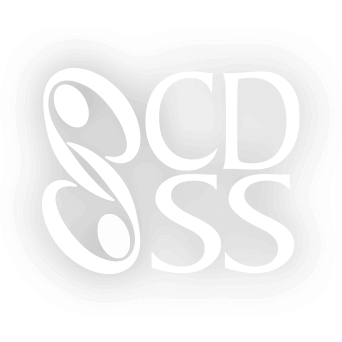
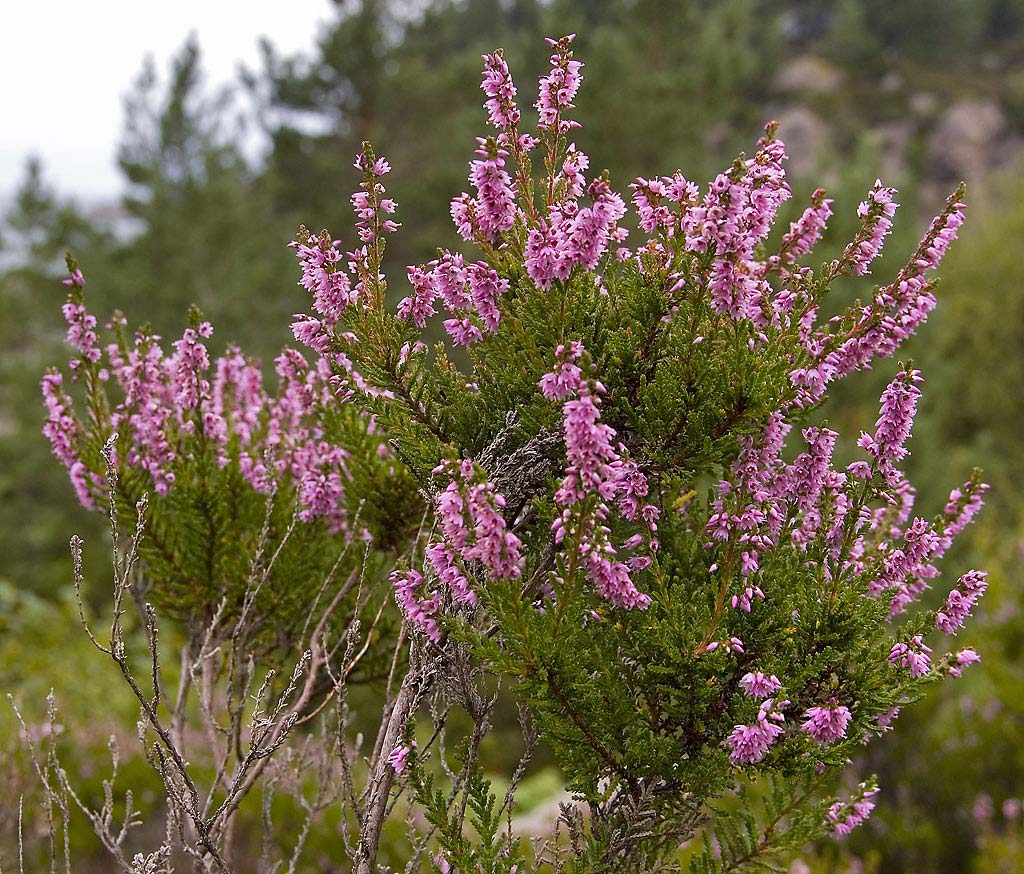

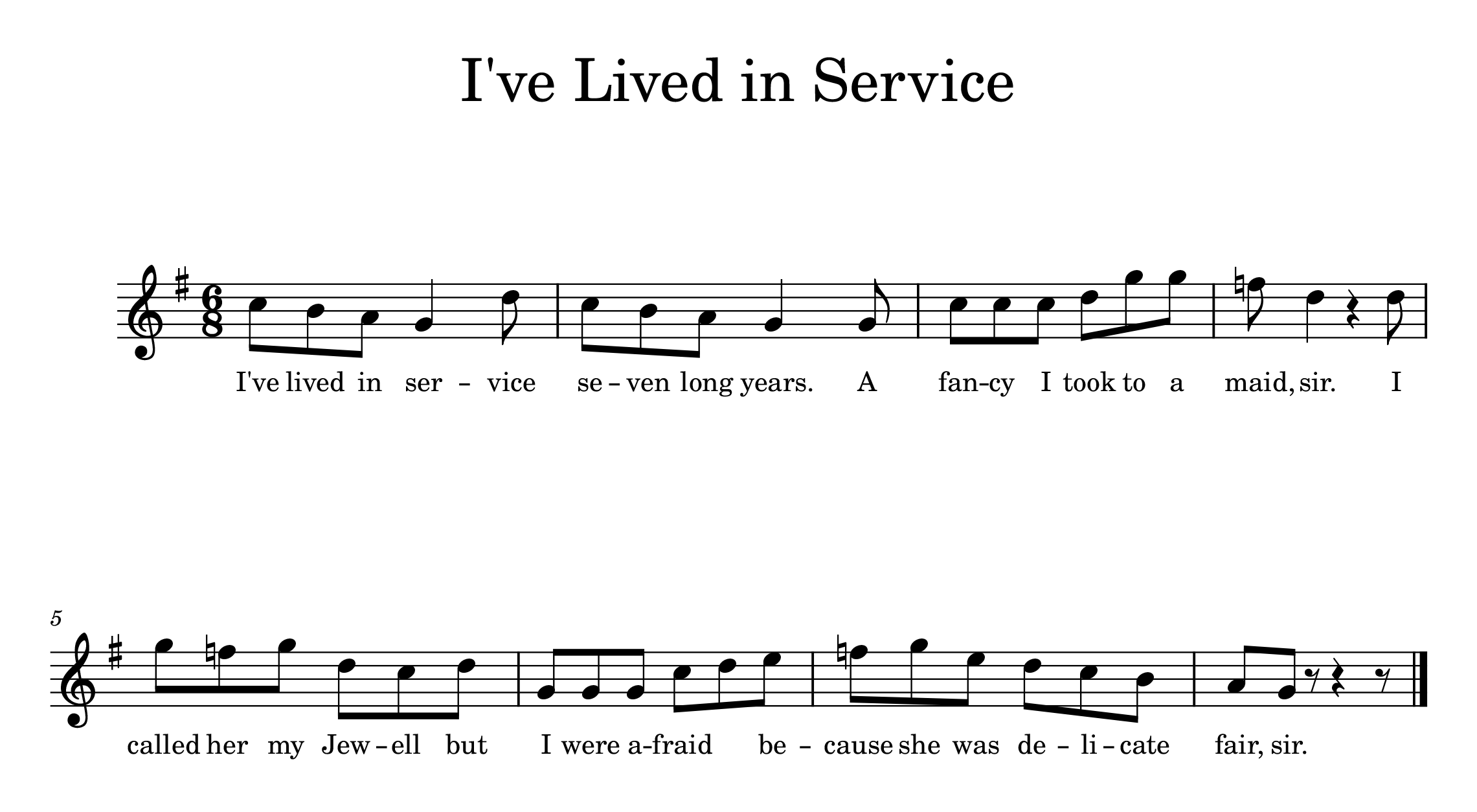
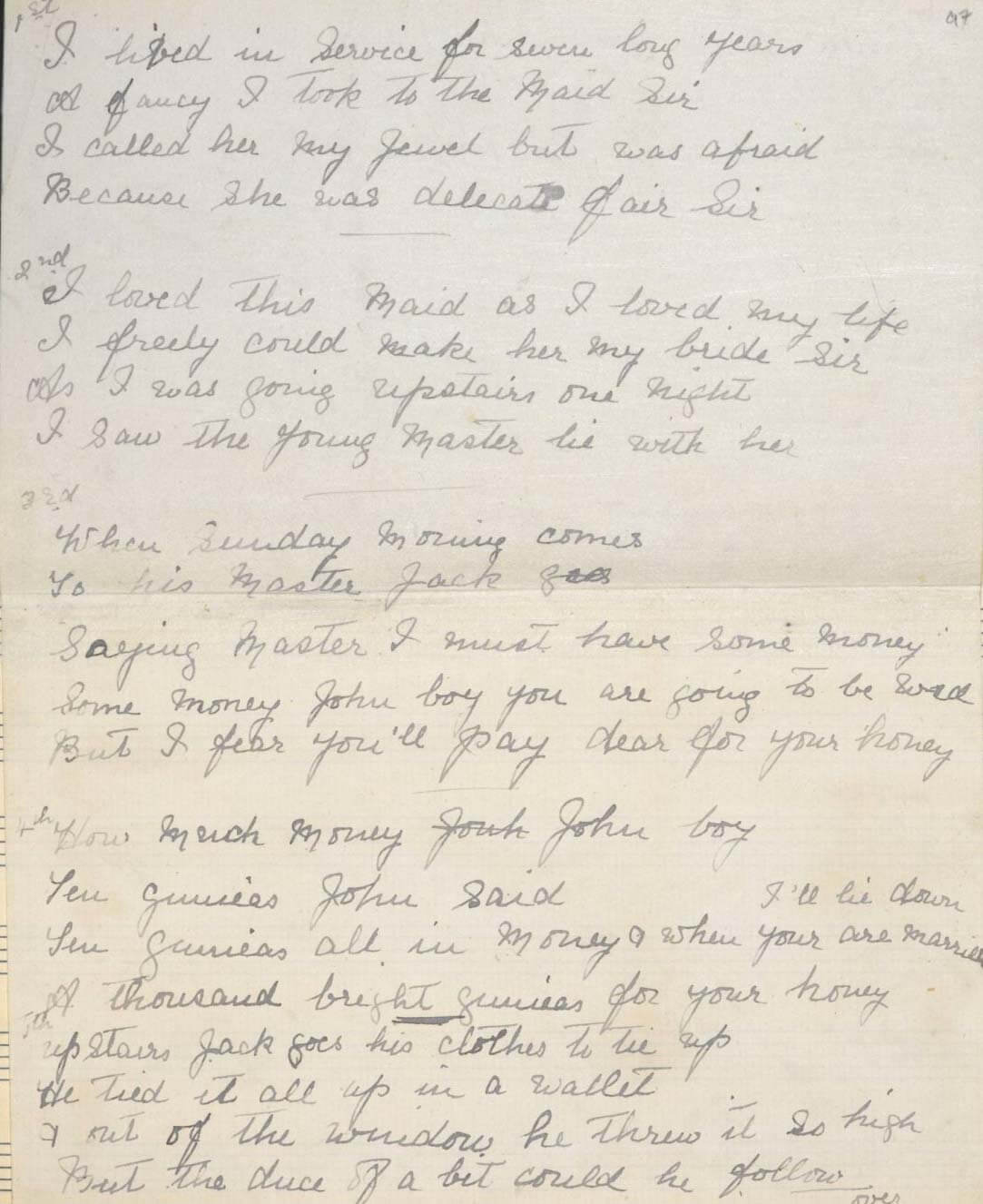
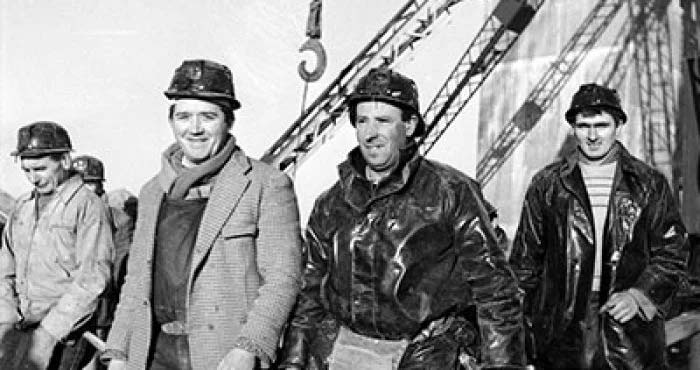
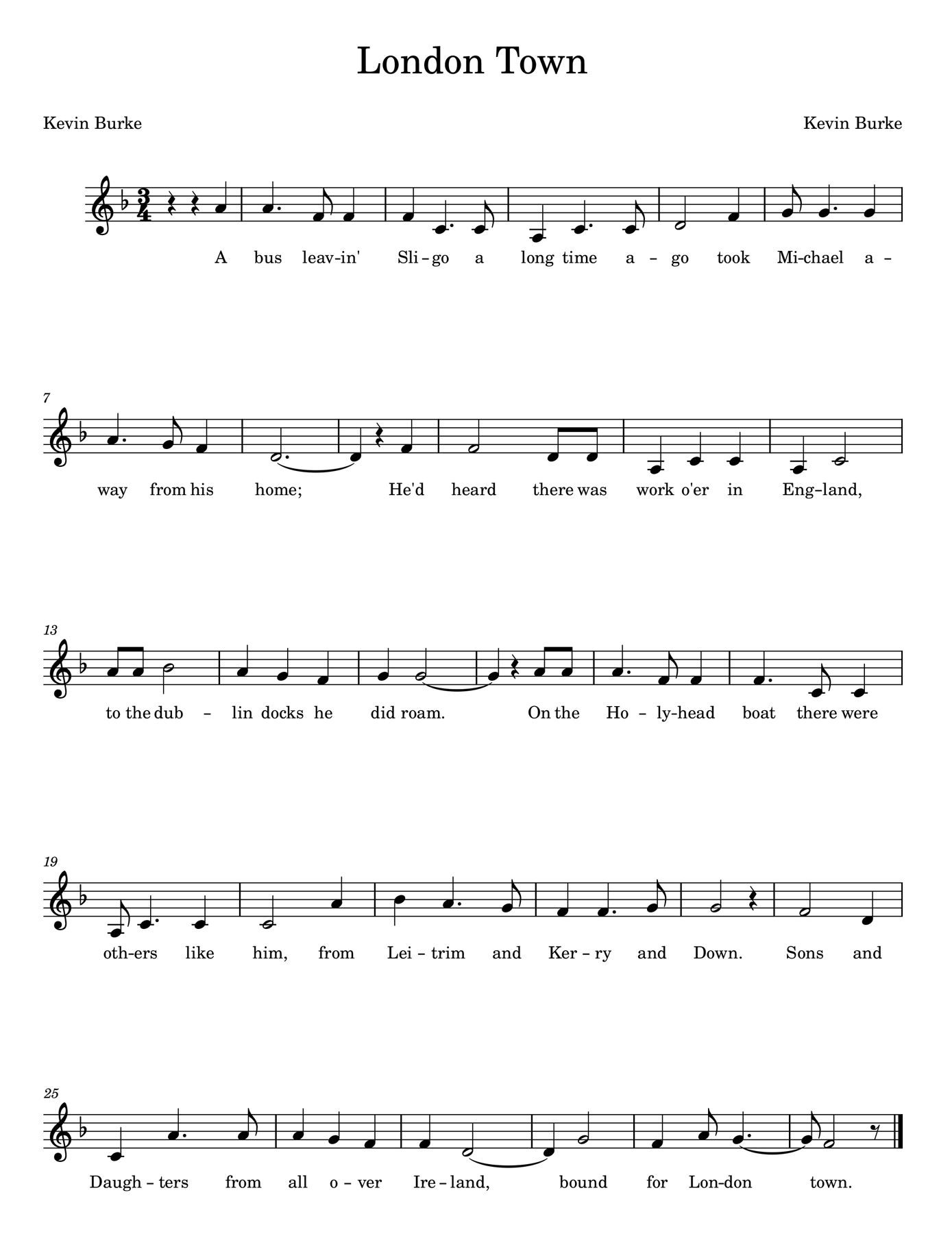
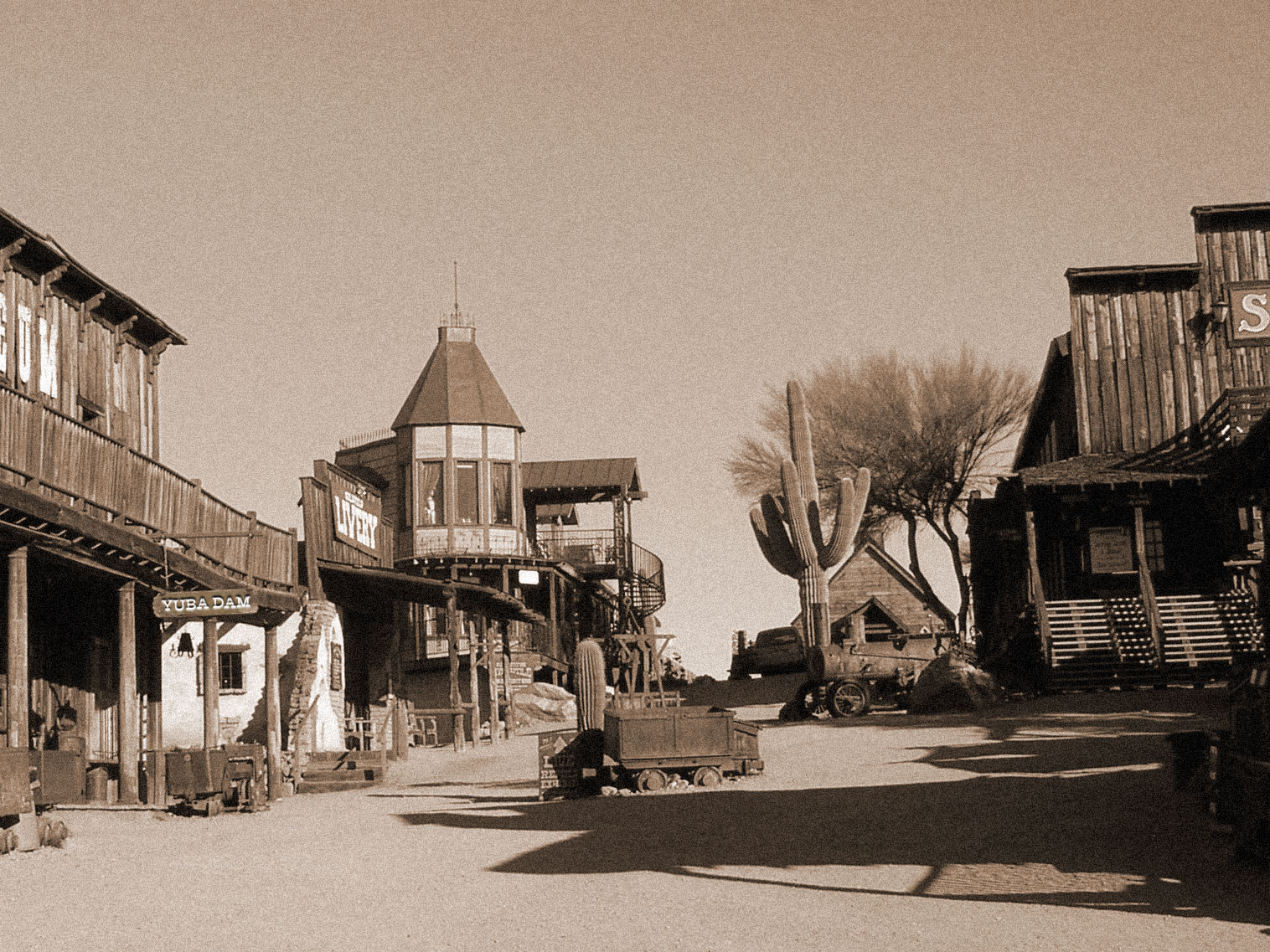
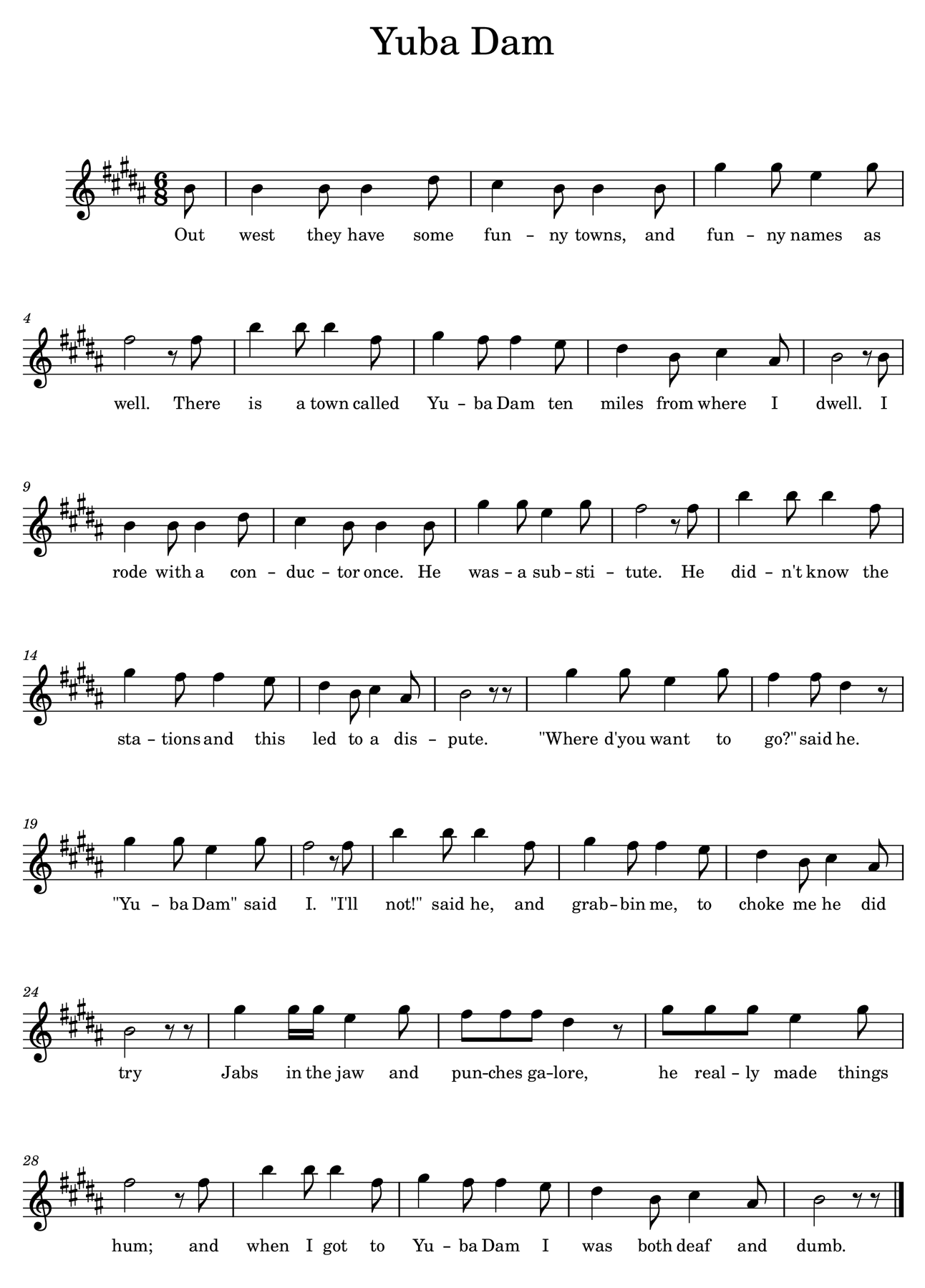
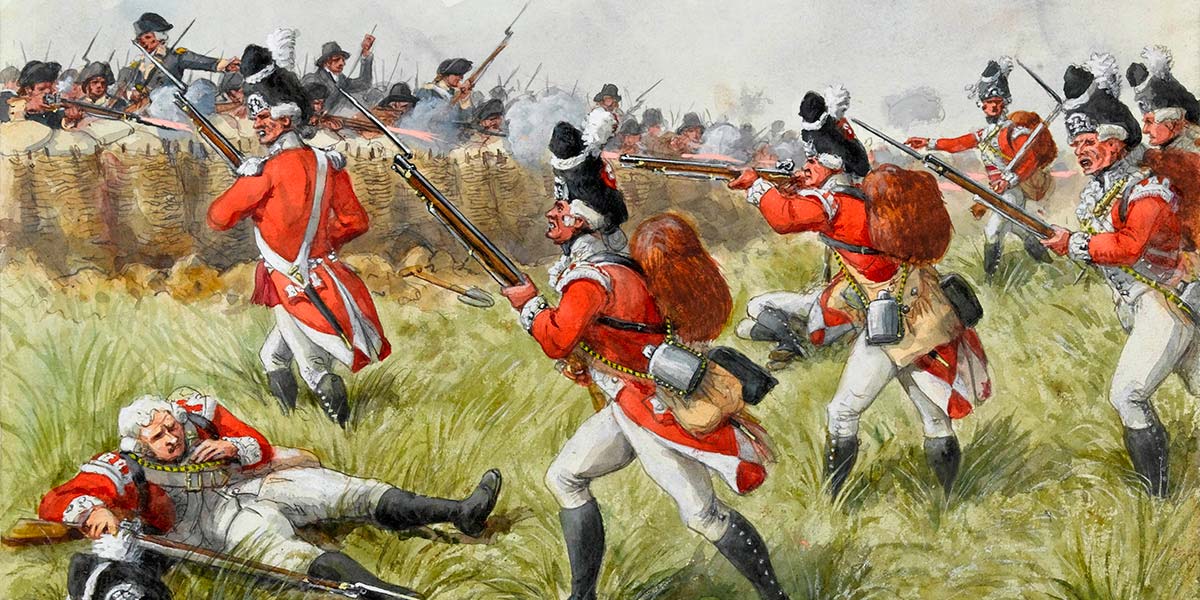
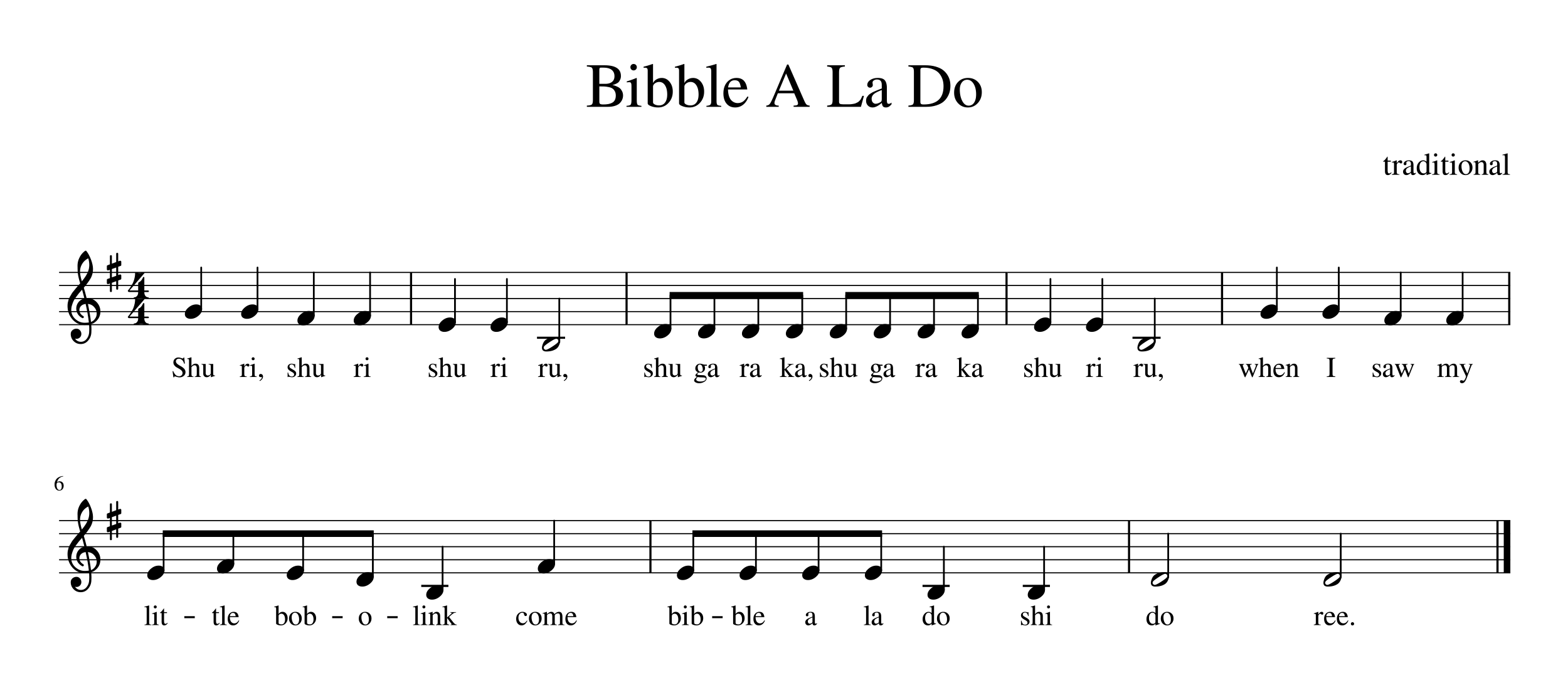
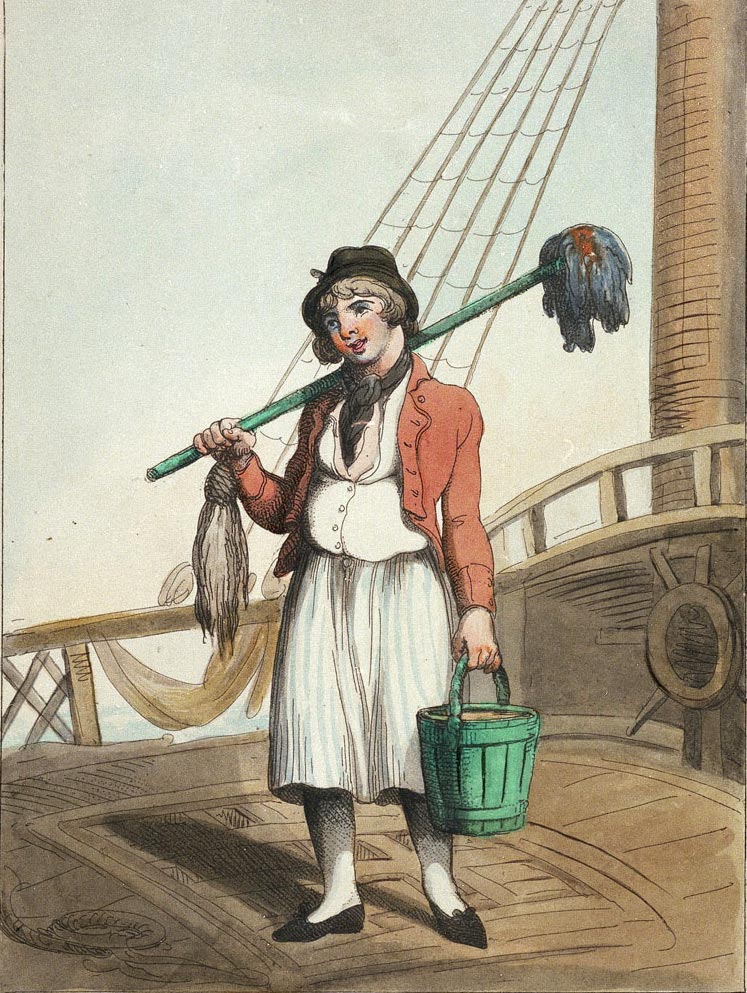
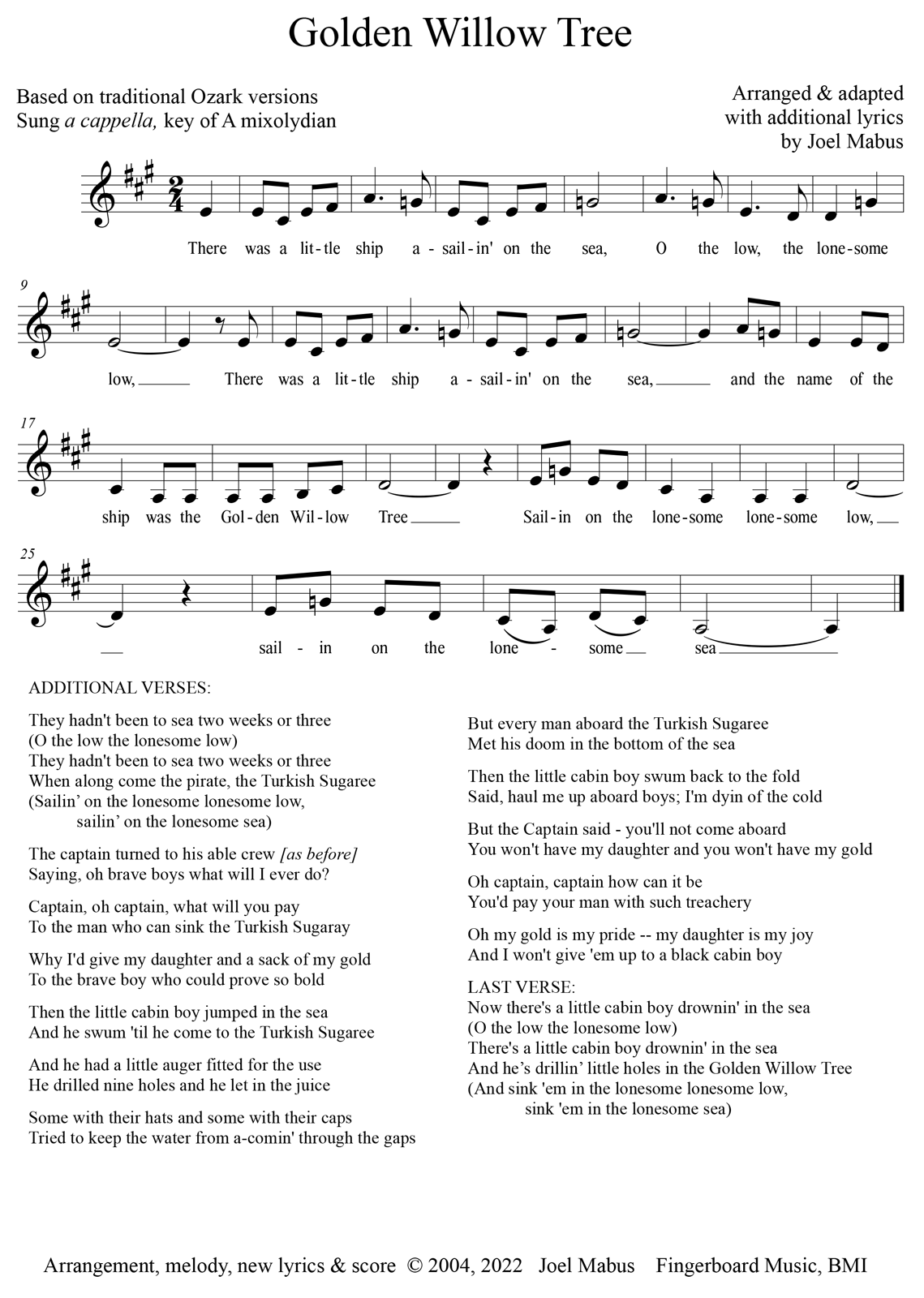

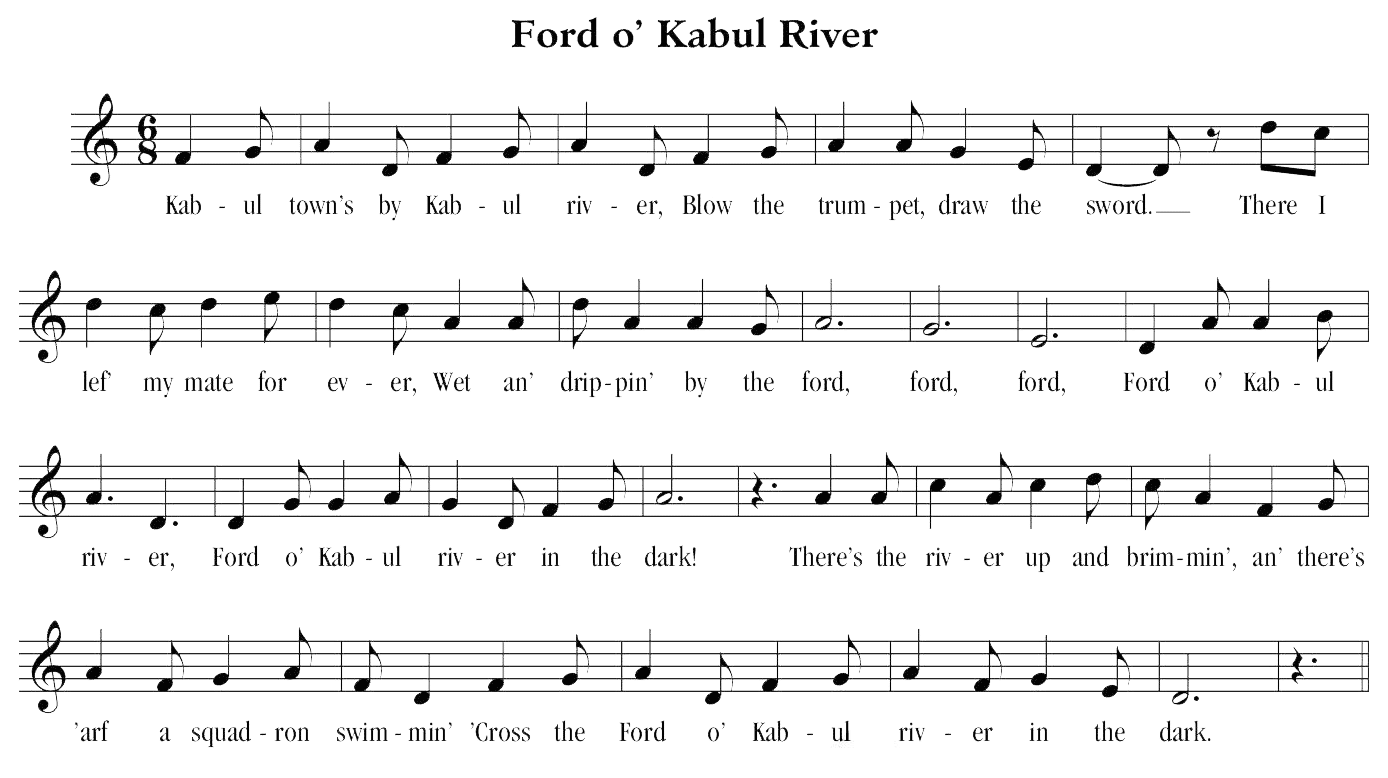
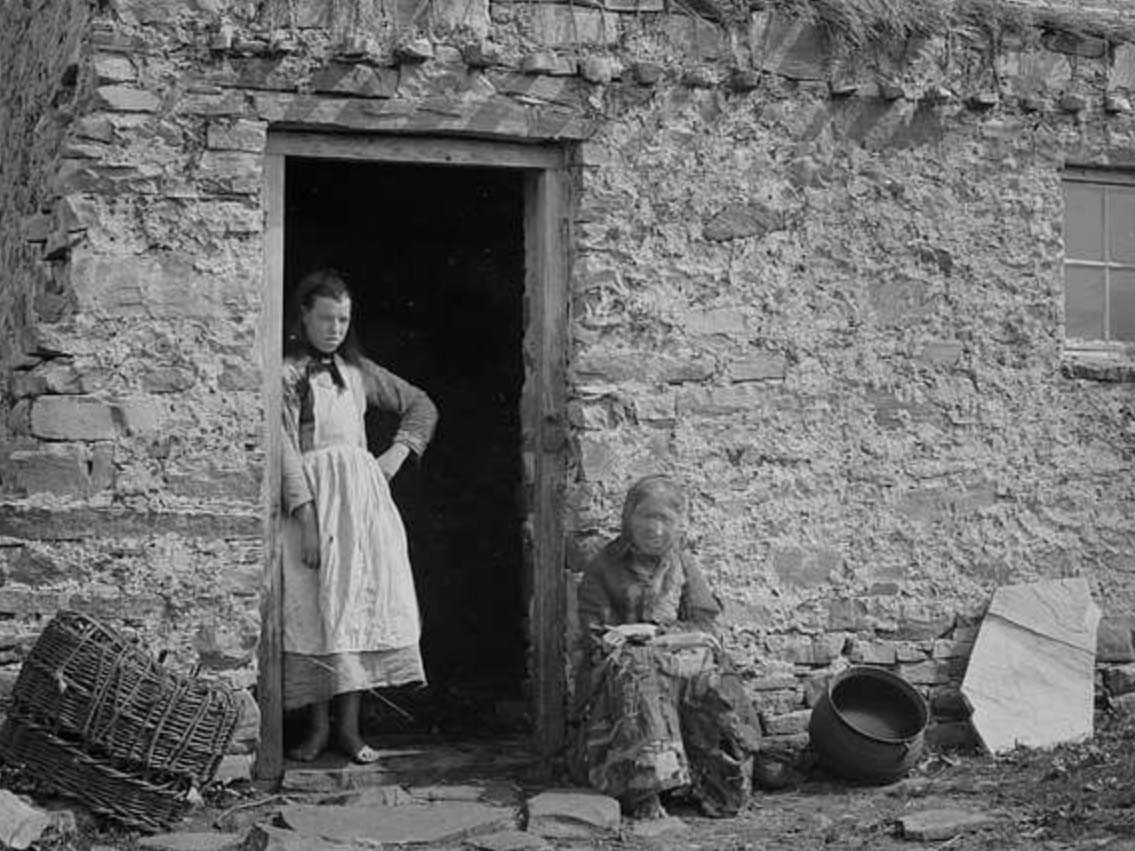
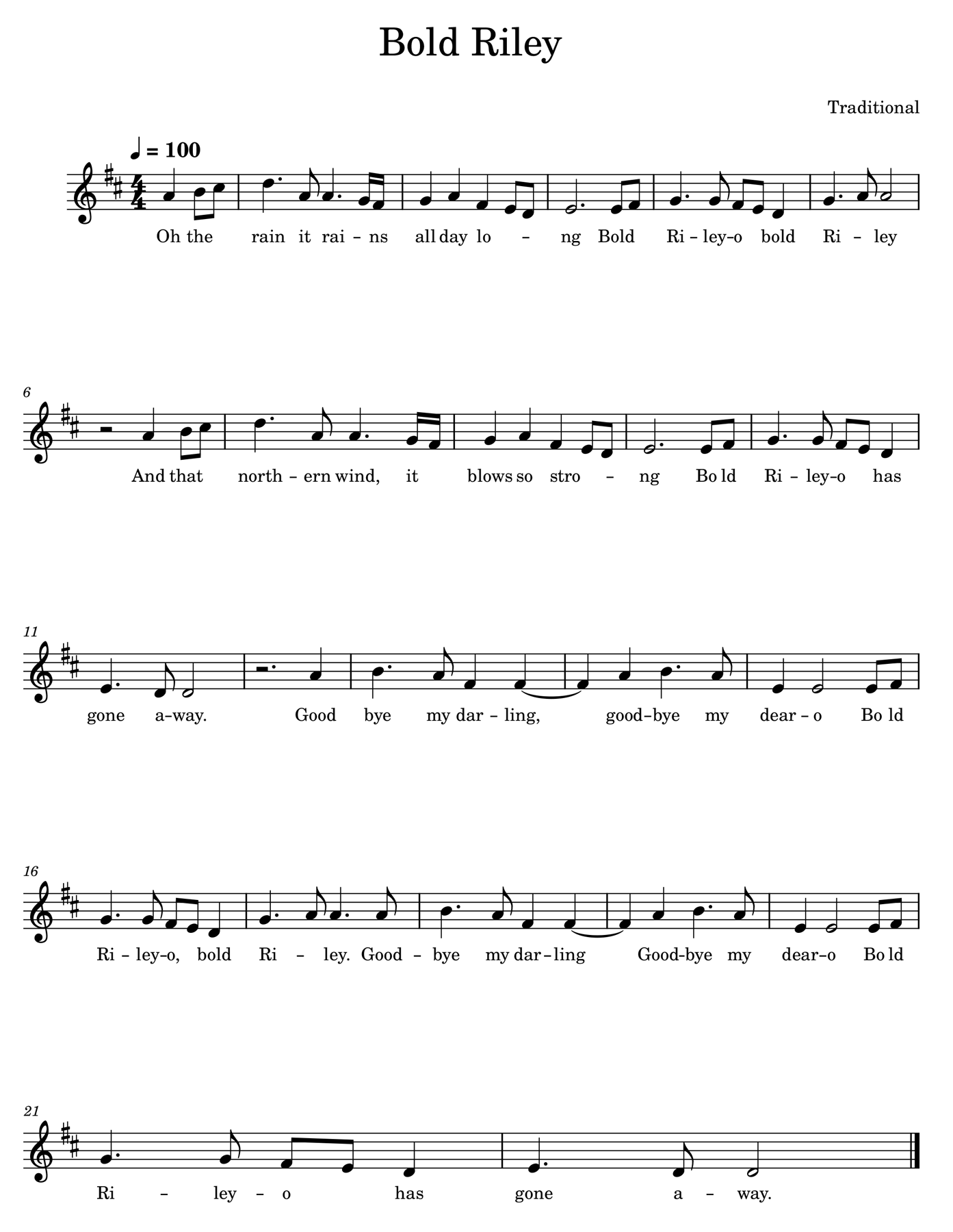

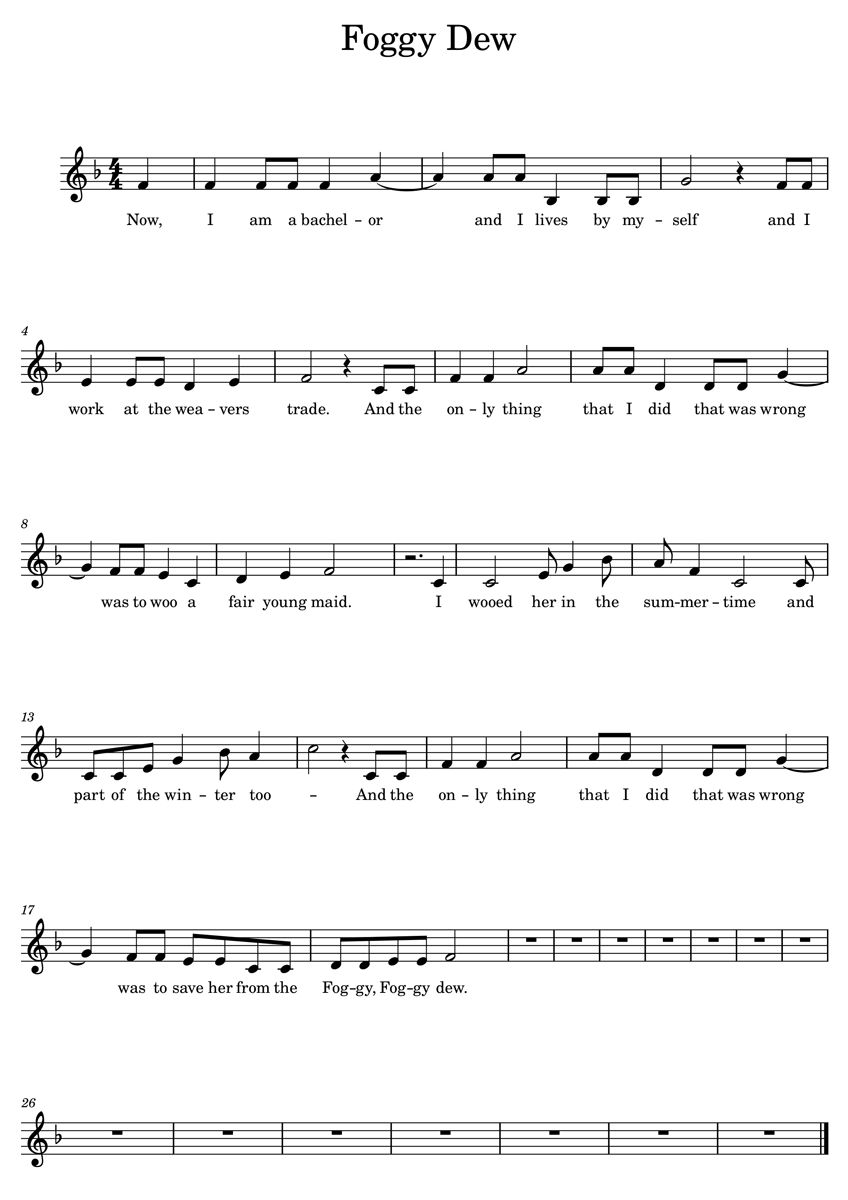
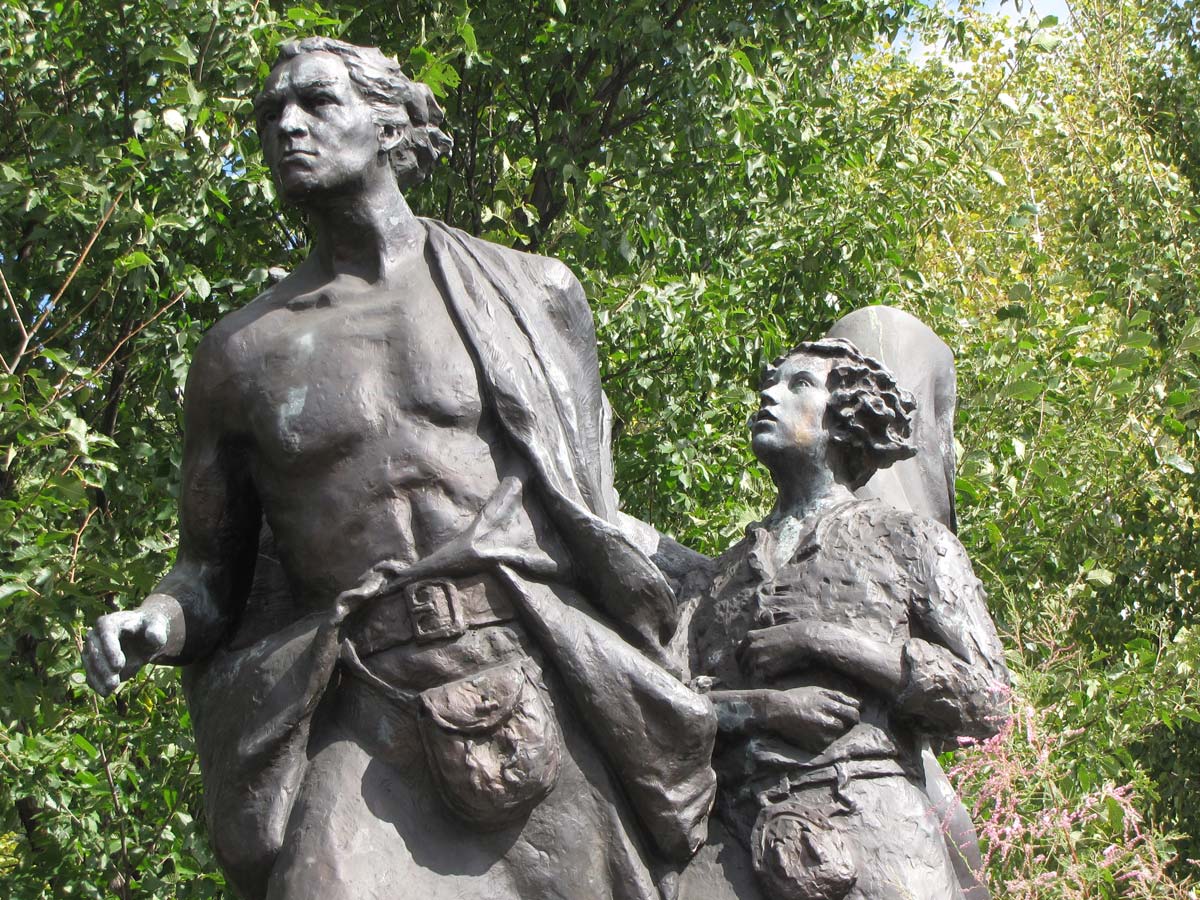
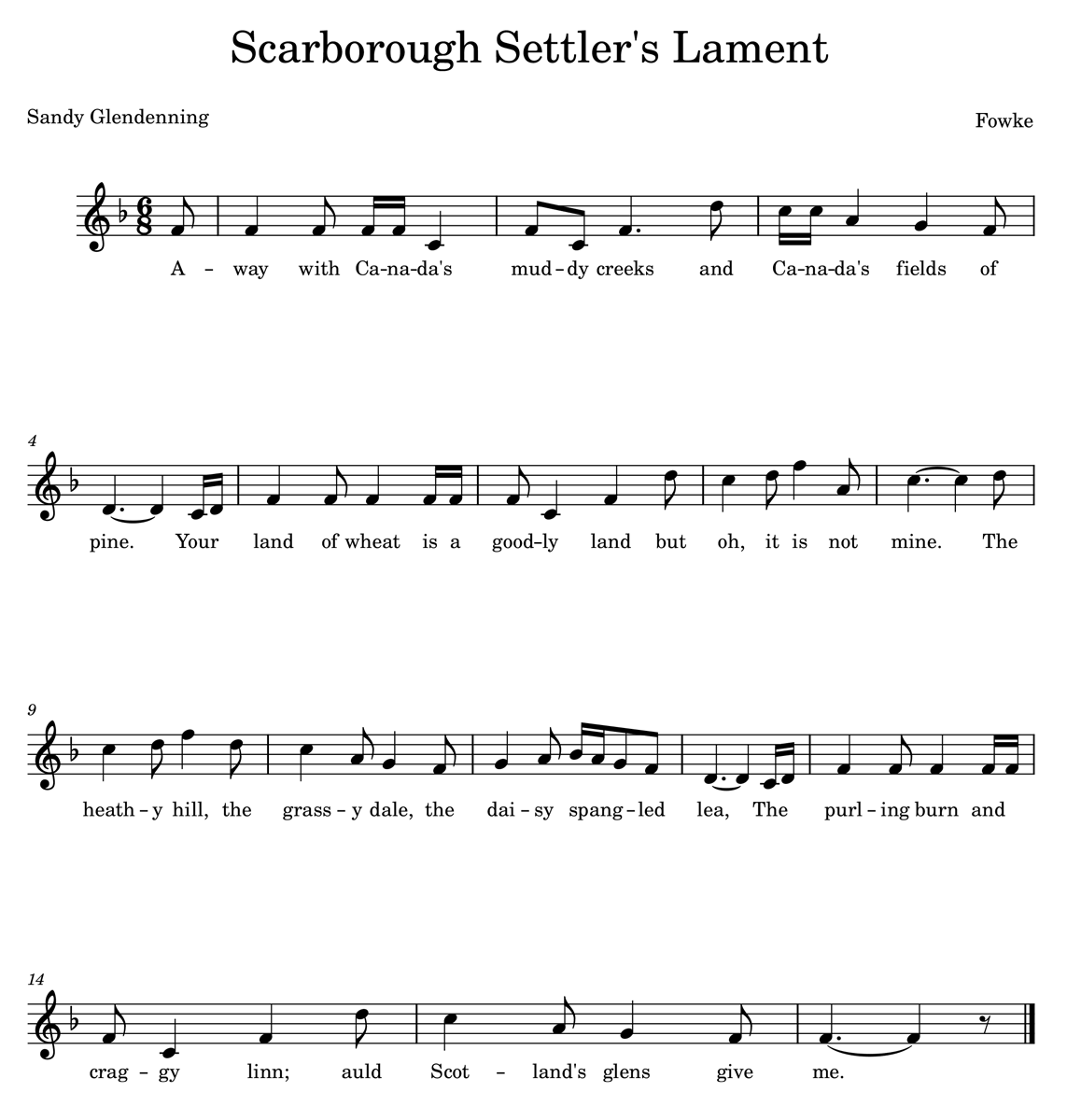
 Thanks to the Massachusetts Cultural Council for their generous support.
Thanks to the Massachusetts Cultural Council for their generous support.